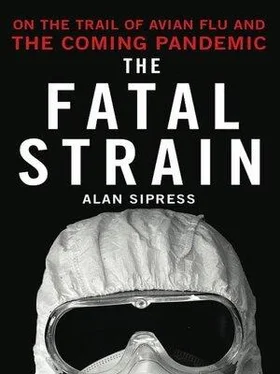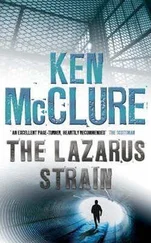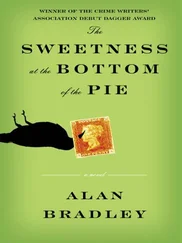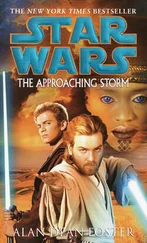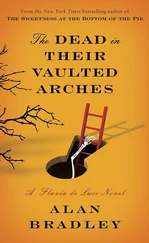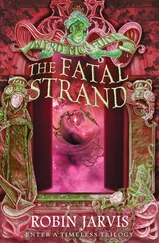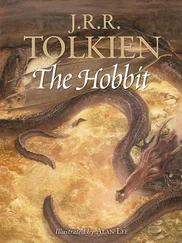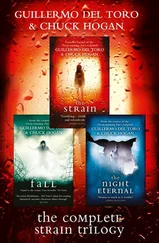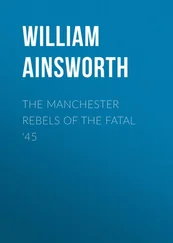Ryan is a burly, red-haired Irishman with lively hazel green eyes, full cheeks, and a gap-tooth smile. He grew up playing Gaelic football in what he describes as the “wild and savage” county of Mayo on Ireland’s west coast, and he still has the build. His colleagues have called him the bulldozer for the way he muscles aside bureaucratic and logistical obstacles. More often, they call him the Irish traffic cop. After 2001 he took charge of the urgent comings and goings of scores of WHO teams dispatched to the field each year. As the indomitable director of Alert and Response Operations, he assumed overall responsibility for intelligence activities and emergency assistance to stricken countries, as well as the divisions dealing with specific diseases, including special pathogens and influenza. He is quick-talking and can-do, at times barely able to contain his restless intensity. His impassioned monologues cascade from topic to topic. His beefy hands punctuate each exuberant thought. His full, red eyebrows bob, and his chair creaks beneath his shifting frame. Though some agency old-timers initially dismissed Ryan and his crew as a bunch of cowboys, he has brought speed and smarts to fighting disease at a time when disease spreads faster than ever.
“We can do big operations. We have done big operations,” Ryan put it to me shortly before I sat in on the agency’s morning briefing. But influenza tests his optimism. “A containment exercise would be the biggest thing we ever attempted. We need to make that intervention at a higher level of speed, at a higher level of aggression than we might ever have done in the past.”
Men like Ryan find it hard to admit the prospect of failure, much less its certainty. But pressed, he acknowledged that flu is so contagious and mercurial that a pandemic strain is destined to break free.
“That’s the reality and I absolutely accept that,” he finally said. “If you look at history, it’s bloody well inevitable.”
He moved to the edge of his chair and leaned forward.
“But what if we don’t prepare for it? You have to make an honest attempt to try, understanding that by the time we find out about it, we may have lost. What I don’t want to do is to try to find my pants in the dark when it does happen.”
So Ryan had been doggedly reworking his emergency planning and reinforcing his team. He had brought on board a Canadian contingency expert seasoned in running large emergency exercises and a British specialist in heavy-lift logistics to oversee the delivery of the vast quantities of drugs and medical supplies that would be required by a budding flu epidemic. Ryan was also lining up other UN agencies with aircraft to ferry men and materiel in a crisis.
“You don’t prepare to lose. You prepare to win,” Ryan insisted. “You get your performance to the level that you think you need, right? You can do nothing about the performance of the other team. The other team is the virus. Its performance is set. So all you can focus on is your own ability to perform. You get your performance to the maximum you can achieve.”
At best, that would mean slowing death’s inexorable progress.
“If that’s too little to stop the virus, fine,” he conceded. “I will die in peace.”
* * *
As I write these words in the spring of 2009, a novel strain has broken on our shores. Rarely in public health has an event been so anticipated, and yet it came as a surprise. The virus known as swine flu was a strain that global health specialists had not been expecting, that virologists had not been tracking. Most eyes had been turned to the East, the traditional wellspring of influenza viruses. Instead, this flu apparently emerged from Mexico and within a few weeks had spread to dozens of countries on at least five continents. At WHO, the full strategic operations center had been activated.
This book, conceived long before swine flue erupted, is an account of why influenza pandemics are inevitable. The scientific and social forces that produced this latest global outbreak are partly obscured because of its sudden, stealth birth. But they are on display elsewhere, notably in Asia, where humanity has been locked for more than a decade in a contest with flu, its most implacable viral adversary.
For forty years, the world eluded the inevitable. Scholars had urged that a pandemic was overdue. When swine flu broke out, it gave the world an initial fright but soon proved relatively mild. Whether the virus would stay that way or take a virulent turn was unknowable in those first weeks. Yet no matter how swine flu plays out its hand, it offers a warning: even after it’s done with us, we’re not done. The prospect of another pandemic remains real. And it could be far worse. Nothing about swine flue has altered the cruel dynamic of its avian cousin, which kills more than half of those it infects, or allayed the fears of the disease hunters who stalk it. There’s no way to forecast how many lives this fatal strain will take and families it will destroy, how many hospitals and governments could tumble under its siege. The attributes of a novel virus that make global epidemics unavoidable also make its appetite impossible to predict. Yet today we remain closer than we’ve ever been to a repeat of the Great Influenza of 1918, which cost at least 50 million lives worldwide and killed more Americans than all the wars of the last hundred years combined.
In the first of the book’s three parts, we meet the antagonists in this struggle, man and microbe, as they’ve confronted each other since the waning years of the twentieth century in what America’s premier flu hunter, Dr. Keiji Fukuda, called an “accelerated number of near-misses.” On one side—or on one team, as Ryan’s sporting metaphor would have it—is the World Health Organization. In its own ranks and through external allies like the U.S. Centers for Disease Control and Prevention (CDC), WHO can marshal the world’s most brilliant doctors and researchers, intrepid investigators, and sophisticated labs. The agency embodies our faith in rational science and our noblest aspirations for humanity. It may also be all that now separates us from cataclysm.
On the other side is flu. Ubiquitous in nature. Ever changing. Savage. No other virus can match its grim genetics. Given enough chances to remake itself, flu is guaranteed to breed a pandemic strain.
But microbiology alone does not account for the inevitability of pandemic. The virus must be afforded those chances to follow its logic. Today, they are greatest where flu’s minute genetic idiosyncrasies meet the vast realities of Asia. The opportunities there are unprecedented and growing.
The second part of the book explores these ground truths. If the struggle to preempt the next great epidemic were waged just outside the doors of WHO’s headquarters in Geneva, the flu hunters would face better odds. Switzerland, after all, is a citadel of efficiency, social order, and good government. It is famed for its precision watchmaking and global civil servants. But in the theater of conflict that is Asia, the battlefield is defined by poverty, superstition, unregulated development, and corrupt, parochial politics. Tradition often trumps science. Survival today trumps survival tomorrow. On this unfriendly terrain, the initiative lies not with the flu hunters. It belongs to the backyard chicken farmers, cockfighters, witch doctors, political bosses, and poultry smugglers.
The final part examines the limits inherent in the world’s effort to prevent a pandemic strain from emerging and, failing that, snuff one out when it does. Over the centuries, flu has repeatedly preyed on a defenseless world. The first documented global outbreak came in 1580, starting in Asia and spreading west across Africa and Europe to the Americas. Lesser epidemics have occurred since the twelfth century. Though scholars have yet to glean definitive proof of earlier outbreaks from the historical record, the virus no doubt accounted for a share of the myriad unidentified plagues that have been chronicled as far back as ancient Greece. Modern medicine, dating only to the nineteenth century, has a long way to catch up. The study of molecular genetics, born within the lifetime of many who are still alive, is in its infancy. As astounding as these scientific advances have been, they all too often fall short. Flu researchers working behind the double airtight doors of their biosafety labs, as well as clinicians on the wards, constantly confront the limits of their science, just as flu investigators run into the limits of epidemiological inquiry nearly every time they enter a village. The fight is also bedeviled by a second set of limitations that, while man-made, might as well be equally immutable. These are the constraints of money and mandate.
Читать дальше
